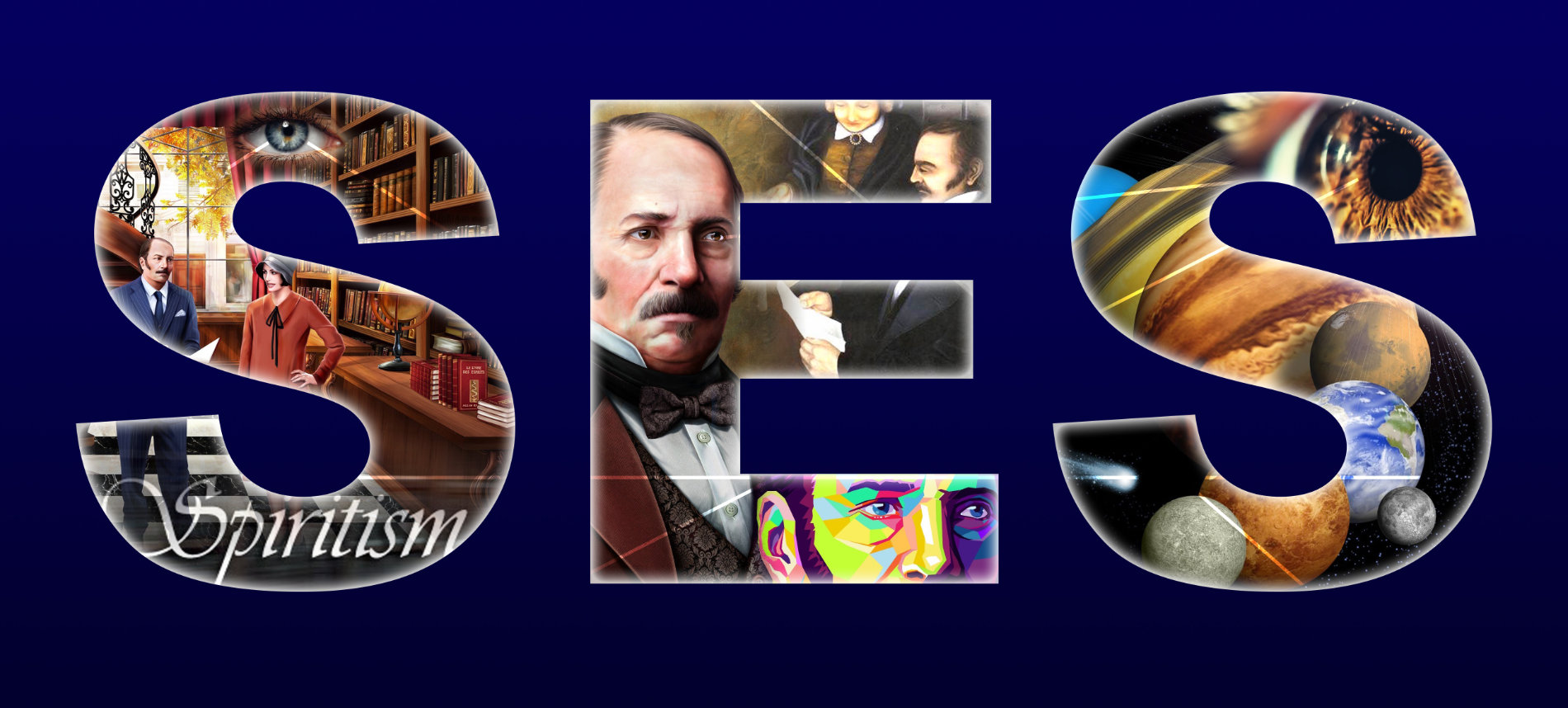Ellen was in awe of the light, the intensity and beauty of the colors, and the lightness of the space where she found herself. Love was all pervading, and she felt that she had become the love that enveloped her. Almost simultaneously she felt a deep awareness that we are all perfect, and that everyone has a purpose for their lives on Earth. She was welcomed in that journey by a being of light, and felt from him the most serene reassurance that all was OK.

As far as clinical death goes, Ellen’s story is not unique. Similar stories have been part of our history, and have been observed in most cultures of the world. What makes it different now is the fact that Ellen’s story is one of many thousands that scientists have documented, and supported with extensive medical data, in the last 40 years.
This story is another example. It was published in the prestigious medical journal, The Lancet, in 1991, as part of a large study conducted in Holland. Having suffered a heart attack, a patient was brought to a hospital in Holland. He was clinically dead. During the resuscitation procedures a nurse removed his dentures and put them away. The resuscitation was successful, and after recovering the patient made an inquiry to the team on duty about his dentures.
Days later, in the hallway, he saw and recognized the nurse who assisted in his resuscitation. The patient told the nurse that he was the staff person who had taken his dentures and described the drawer where they had been placed. The nurse, who had forgotten all about it, went to the room and found the dentures, exactly where he was told by the patient.
In thousands of cases or cardiac resuscitation like this, the medical facts are consistent. The patient was connected to all the machinery of an Emergency Room, and was deemed to be clinically dead for several minutes, without a heartbeat or any indication of brain activity. Still, many patients are resuscitated and recount similar stories about “what is on the other side”. Such examples are abundant and comprehensive.

Near-Death Experiences (NDEs) have been studied for more than 40 years by researchers from a variety of disciplines including neuroscience, psychiatry, medicine, physics, and nursing.

The body of knowledge has become highly respectable and the advancements have the potential to transform how human beings see themselves and their lives on Earth.
This is a new frontier for scientists to explore the duality of body and mind. The scientific community has chosen the word consciousness as an alternative to the words soul or spirit, given their heavy religious connotations. It is important to be aware that words such as psyche, soul, spirit, mind, or consciousness communicate very much the same idea, that is, the non-physical essence of a human being.
Allan Kardec was adamant about the importance of maintaining the evolution of Spiritist thought current with scientific knowledge. It is therefore with this reference that we want to take this space to share some personal observations about the currency of our conceptions on the transitioning of the soul to the spiritual sphere.

If we take a dispassionate stance it’s clear that there are solid parallels between the new findings and the ideas espoused by Allan Kardec in Heaven and Hell, and in the Andre Luiz’s series about the after-life. At the same time, we must evaluate some of the new ideas that expand what we know, or help refocus the discrepant ones. This will be a series of seven blogposts, starting with the feeling of elation reported by most NDE’s experiencers, in our next issue.



Recent Comments